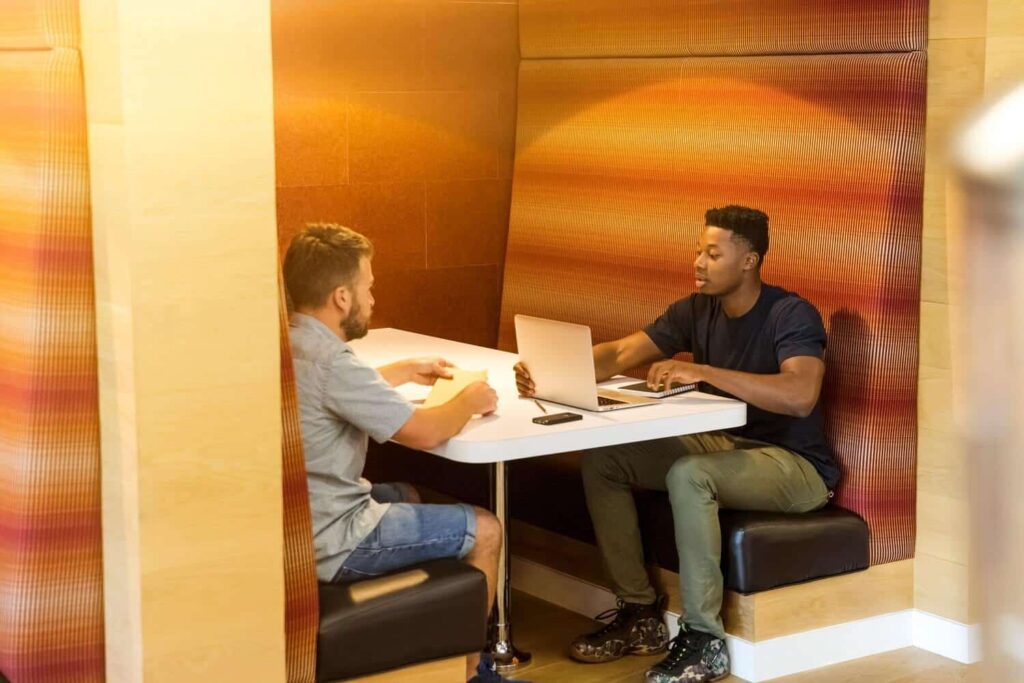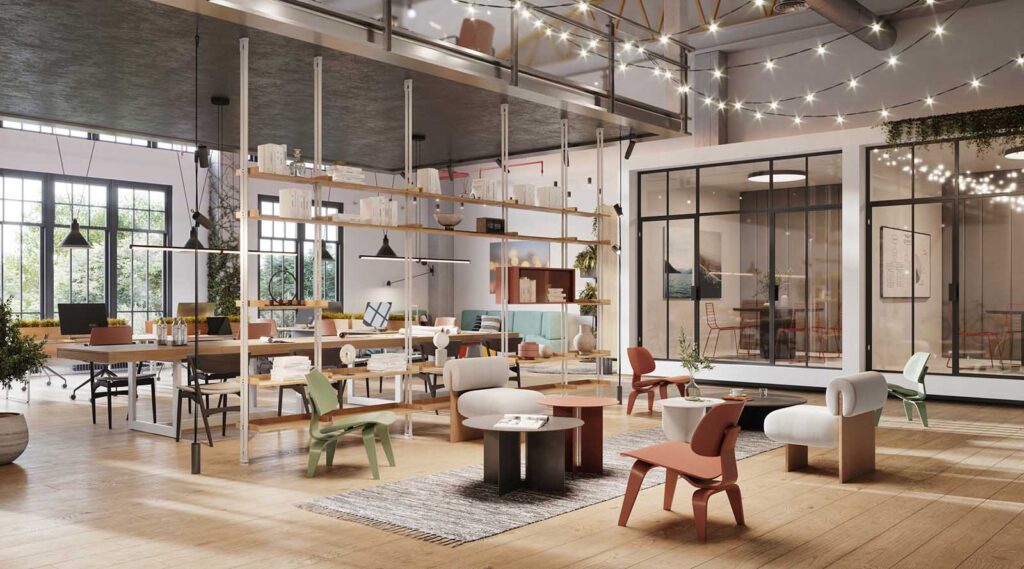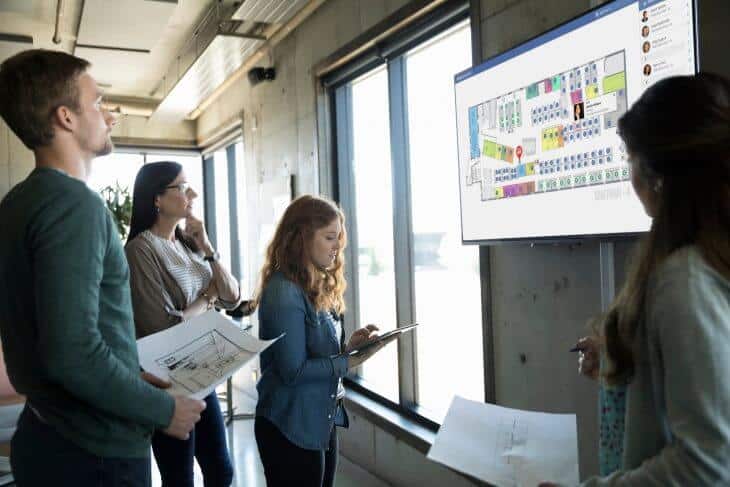
From sensors that tell you when the office kitchen is low on coffee to Slack integrations that allow you to submit facility requests, there is a ton of technology that works simultaneously to help employees do their best work.
The right platforms can streamline processes and help improve the efficiency of an office.
In fact, a survey from Better Cloud found that 94% of participants reported significant benefits from integrating software into their workplace. What’s more, a report from VMware found that 87% of CIOs believe that digitally empowering employees can drive at least 5% of additional revenue over three years.
However, disjointed technology can be counterproductive, so having the right platforms that integrate is imperative.
In this article, we’re diving into how the right software can not only optimize the efficiency of an office but improve the overall employee experience.
Integrate with tools you already use
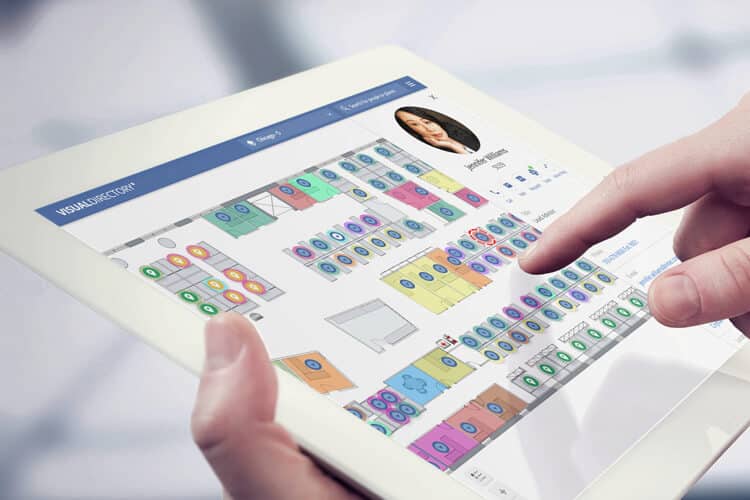
You have those set tools your employees know how to use (and actually do use) every day. From Slack to your chosen email service provider, there are likely several tools and software that power your company.
The thought of introducing yet another platform into the mix might sound daunting, but if it’s equipped to integrate with your existing software, it should add value to what you already have in place—not hinder it.
So, what does that look like?
Technology that enhances the employee experience goes above and beyond what it was designed to do at surface level.
For example, a visual directory tool that does more than just supply employees with a floor plan of the office can be hugely beneficial. An exceptional visual workplace tool should sync with the communication apps that are used company-wide—like Slack or your email provider—to make things like submitting requests, booking rooms, and finding desks easy.
The right visual directory platform will give employees the flexibility to access what they need and when they need it, whether they’re using a tablet, on their mobile, or viewing from their computer. A platform that can keep up with the pace of a workday should make tasks like reserving a desk, finding an employee, or updating a meeting time simple.
Integrating the right workplace platform should be straightforward. Compared to a static floor plan or a tool that can’t be as easily integrated, software that takes actions like the ones mentioned above a step further can make a significant impact on every employee’s day-to-day experience.
Comprehensive workplace tools become so much more elevated when you build other features into the platform that make for easy (and fast) learning and using.
Help employees work smarter
The right workplace platform will help employees work smarter in more ways than one.
It all goes back to how well a tool can integrate with your current systems.
For example, implementing a visual directory tool that not only makes it easy for employees to view where their desk is in relation to other employees’ desks, meeting rooms, or the kitchen, but that streamlines how employees book available spaces, make requests to move desks, and communicate those actions with others is a game changer.
This saves time from having to draft any of those actions into an email or by going through an IT ticketing system since the platform syncs with your existing communication methods. This also reduces the chance of essential communications—like that new meeting time and location—from getting lost in the mix.
Process simplified. Headache avoided.
To take things a step further, setting up a wayfinding kiosk and giving employees access via multiple devices ensures they can find what they’re looking for or do what they need to do as efficiently as possible.
A workplace platform that transcends typical expectations will help employees work smarter by streamlining everyday actions.
Save you and your employees time
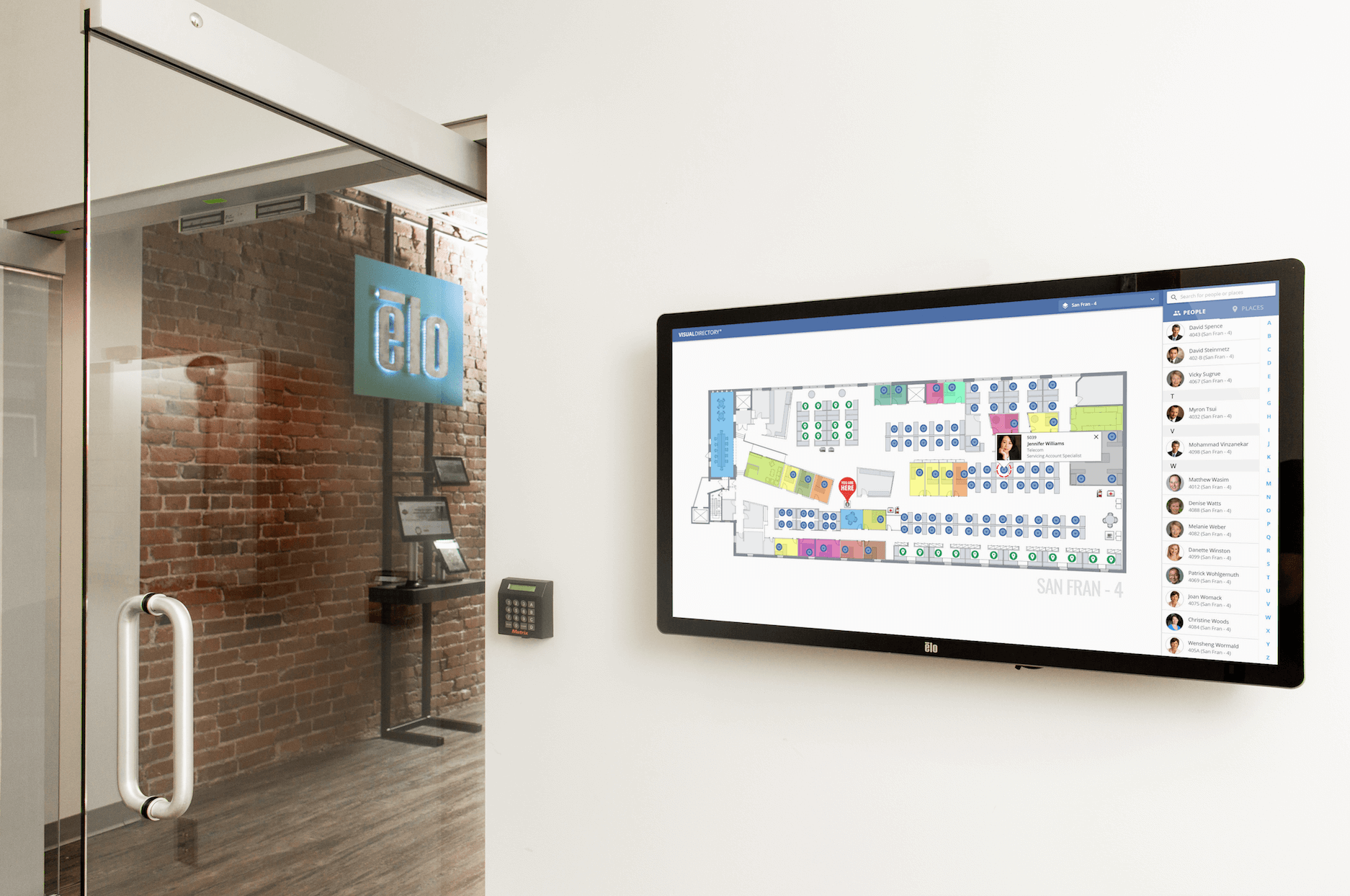
As with any brilliantly designed workplace software, it should not only help employees save time, but it should make essential processes better.
There’s no question that the new employee onboarding process is a time-consuming yet vital part of any employee experience. This process sets the tone for new hires, so it’s imperative to handle it with care while simultaneously doubling down on adequacy.
Giving new employees access to a visual floor plan that does so much more than show them where they sit can completely change how they learn about the office and figure out where things are. The right platform can also teach them essential functions like how to book a room or desk.
Providing an interactive way for new hires to navigate their way around the office, learn employees names, or figure out who they’ll be closely working with can help with the learning curve. Also, supplying employees with a way to make requests (e.g., if they need a new chair or need help troubleshooting something) sets them up for success from the start.
Empowering new hires with the right tools while cutting down on the time HR or other teams need to spend with onboarding can make a significant impact on employee productivity as a whole.
Implementing this kind of software could be more effective than requiring employees to sit through hours of process and technology onboarding sessions. Of course, onboarding is necessary, and nothing can replace human-to-human interaction. But superb workplace software can cut back on the number of steps or sessions required and can help new employees learn faster.
Not only that, but the right workplace platform can reduce the first-day jitters and create a more welcoming, easy transition process for new hires as they integrate into their team.
Effortless for all employees to use
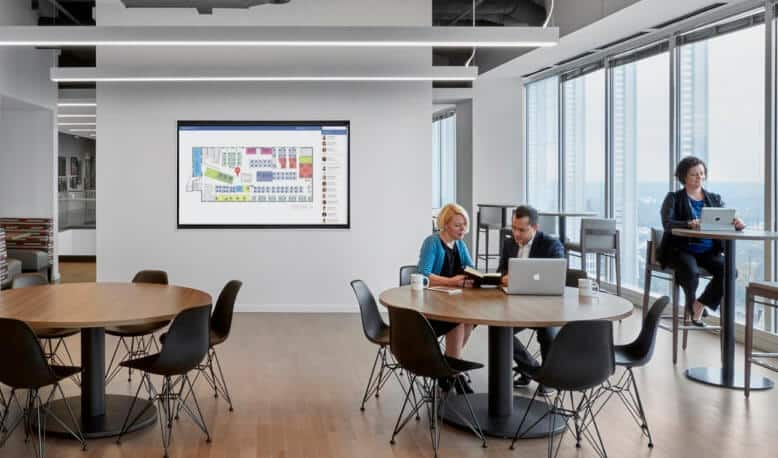
It’s no secret that the best technology for a workplace is one that gets used by employees.
However, what makes one platform stand out from others is its ease of use.
If every employee can quickly learn how to use a platform and put it to work as intended, you’re going to see the results you’re hoping for. How the end-user interacts with a tool is the crux of what makes software useful. If your employees understand how it’s supposed to be used as it relates to their day-to-day and can successfully implement it, then it’s most likely going to work.
Think about it: If every employee is on the same page when it comes to submitting a maintenance request or booking a room, the system will be a success. One could argue that if a platform isn’t easy for employees to learn, it’s going to be much more difficult to introduce it into workflows and get them to use it versus a platform that’s easier to digest.
It’s essential to opt for a provider that can meet the technological needs of your company and help you grasp what solution works best for your situation, culture, and bottom line.
Takeaway: It all boils down to the end-user experience
You could spend hours researching the most advanced enterprise software on the market, but unless it benefits your end-user, it’s going to be challenging to implement.
All these components add up to make for the best employee experience possible.
But to create an environment your employees can thrive in and enjoy working in each day, you have to consider the technology that doesn’t just sound great, but that is great for your entire company.
A platform becomes so much more when it exceeds the norm and is fitted with features that make for a better employee experience.
If you’re ready to take your employee experience to the next level with workplace technology, our team is happy to guide you as you get started.


